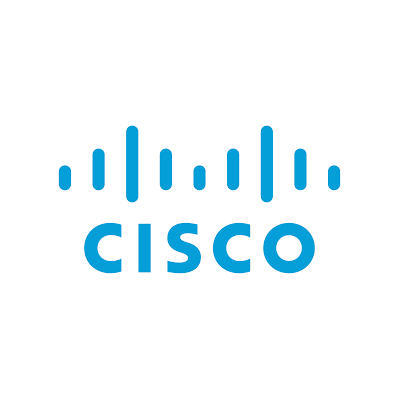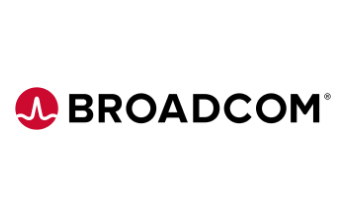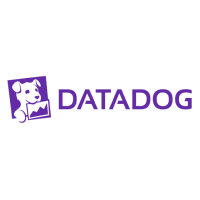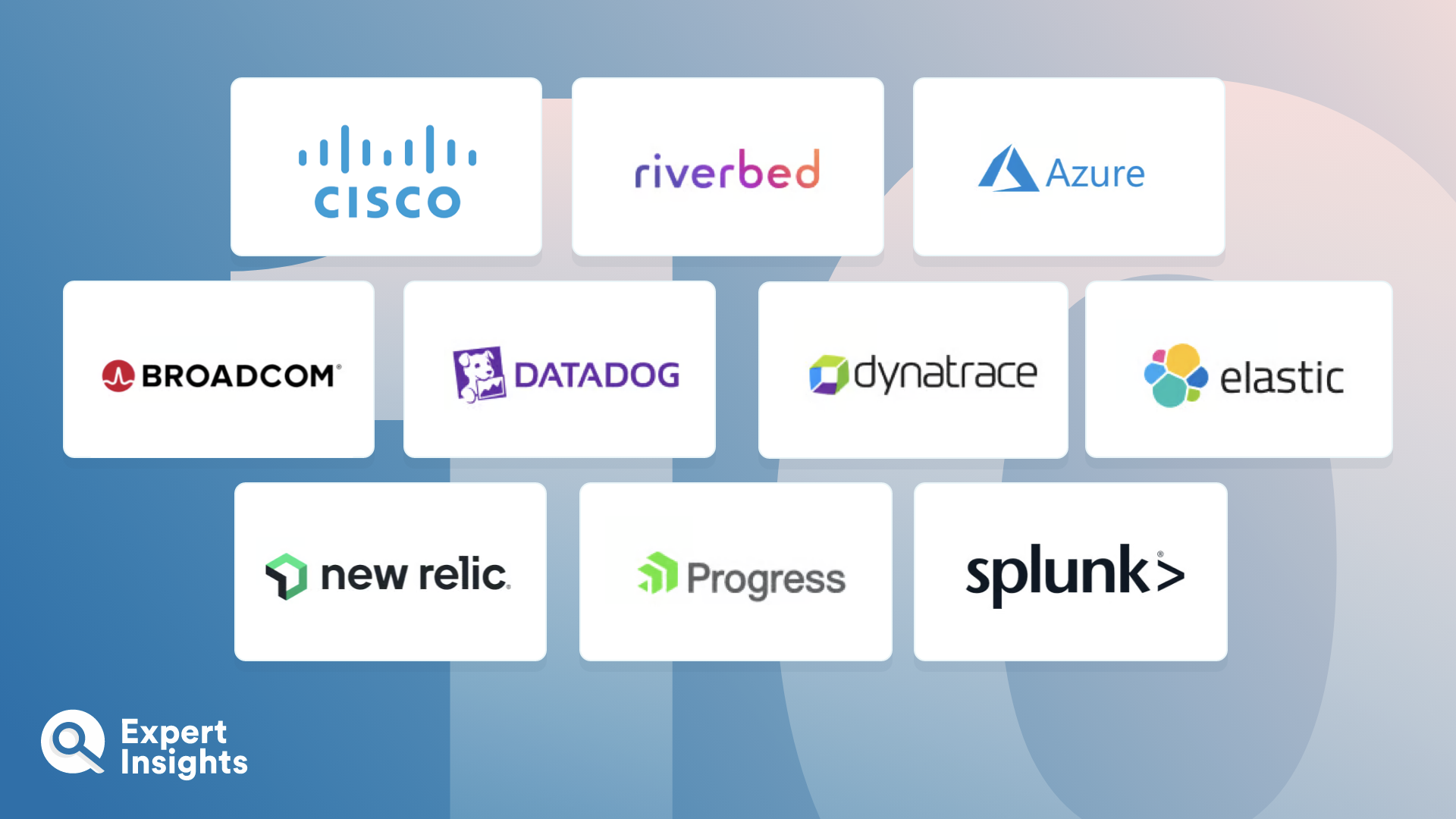Application Performance Monitoring (APM) solutions analyze application logs, speed, networks, hosts, response times, security metrics, and end-user activity. If key performance baselines aren’t met, alerts can be sent to admins, alerting them that an issue has been detected. APM solutions allows teams to identify and remediate issues that may impact the end user experience of specific applications. Ultimately, application performance monitoring is an integral part of the development process, ensuring applications are working as expected.
APM solutions can offer a variety of features designed to make it easier for admins to measure application performance. This can include end-to-end observability of application behavior, mapping of application structures, real-time end-user activity monitoring, API management capabilities, and container monitoring. With these features, developers and IT operations teams can continuously monitor application performance to ensure end-users or employees are able to effectively navigate your applications. Additionally, APM platforms can be integrated with other IT management tools to provide a holistic view of the application landscape.
As a critical component of delivering an effective and high-performing application, the APM market is competitive, with a number of strong service offerings available. In this article, we’ll explore the top application performance monitoring solutions for businesses, considering key features, such as end-to-end observability, ease-of-use, and analytics, based on our own technical market research.
















